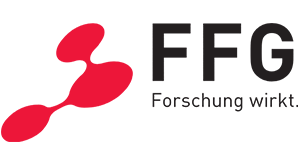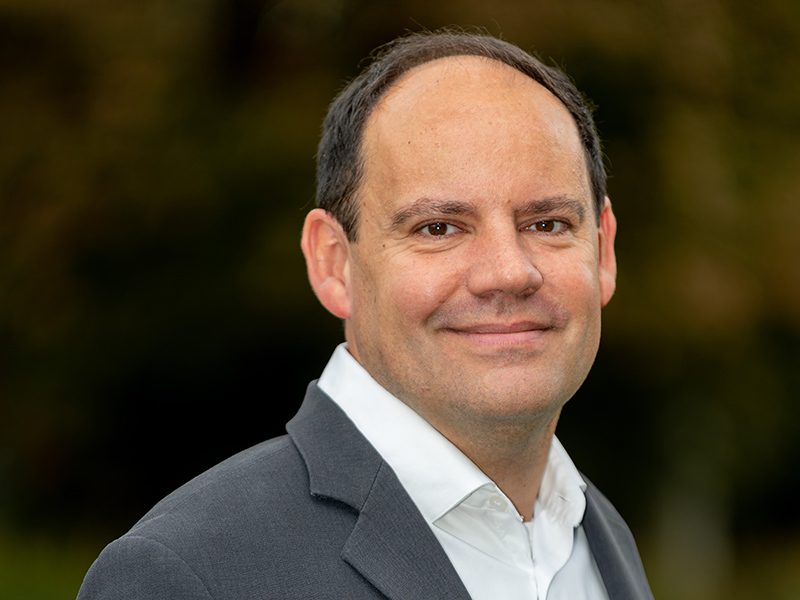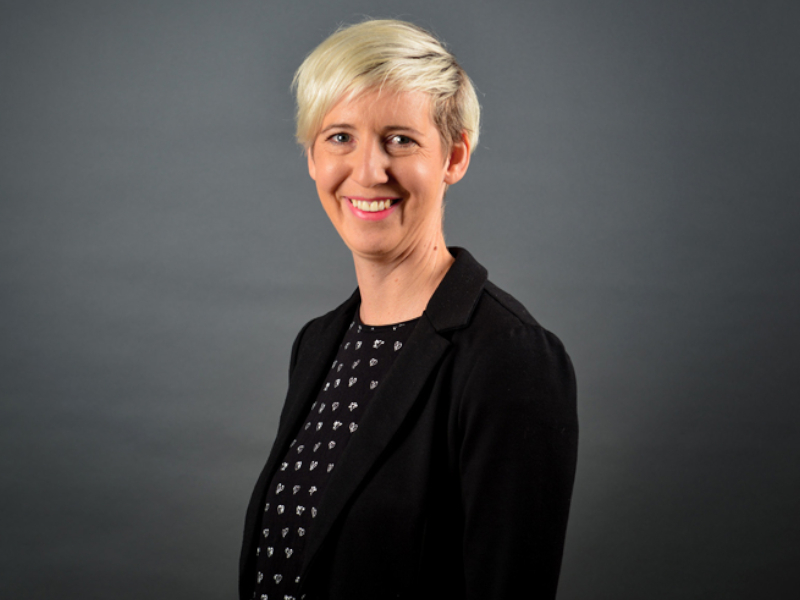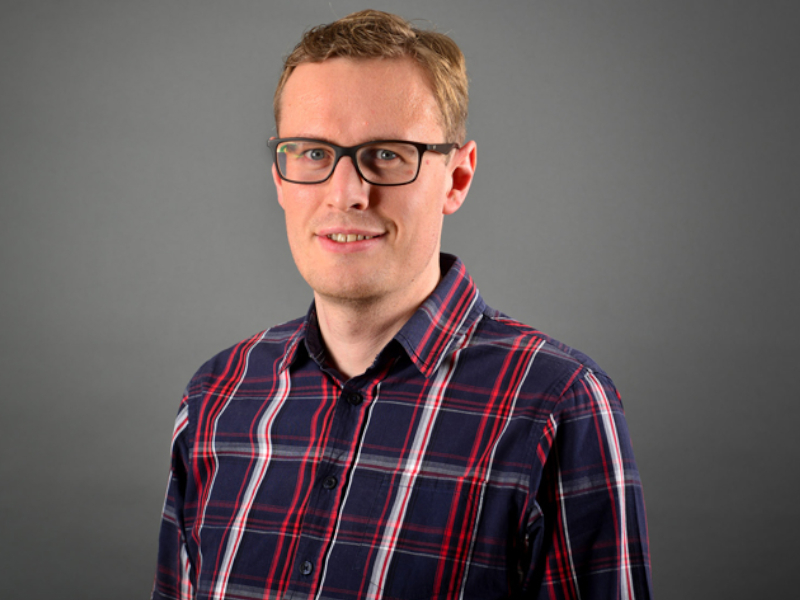Project Description
The aim of this research project is to further develop spatial structures to strengthen sustainable mobility and to secure the quality of life and location throughout Austria. The focus is on climate-friendly, efficient and affordable mobility.
In view of the urgent challenges of climate change, the transport sector is of great importance, as emissions in the transport sector in Austria have increased by 74% since 1990. In order to advance the mobility turnaround in a targeted manner, a transformation of traffic areas into public mobility areas in favor of the environmental alliance is absolutely necessary.
The aim of the lead project is to promote traffic avoidance and modal shift towards public transport and active mobility. In order to do so, this project will research, develop, demonstrate and evaluate innovative solutions for the transformation of public spaces in the sense of the mobility turnaround and the achievement of climate goals. In addition to Vienna, Graz, Langenlois, St. Pölten, Deutschkreutz in Burgenland, and St. Gallenkirch in Vorarlberg, the city of Salzburg is also involved as a pilot region. A key part of the project is the creation of a comprehensive digital planning and data basis for the transformation of public mobility spaces. In the project, an innovative structural spatial analysis is to be developed, in close cooperation with the city of Salzburg, which also includes future interior development and restructuring potentials, potentials for mobility hubs, new public transport axes, and the attractiveness and safety of accessibility to mobility services.
This should enable an improved quality and accessibility of mobility offers, sharing offers as well as a traffic-saving land use concept. The results of the project support the city of Salzburg to accelerate the transformation process towards new mobility spaces by concrete recommendations for action and innovative measure design.
Methodology
The planning tools or simulation applications developed in the project can be used to create innovative measures at the interface of transport planning, spatial planning and geoinformation for integrative neighborhood planning and transformation. The developed transferable methods should be used in further communities and thus be able to reach a much wider circle of use and impact.




